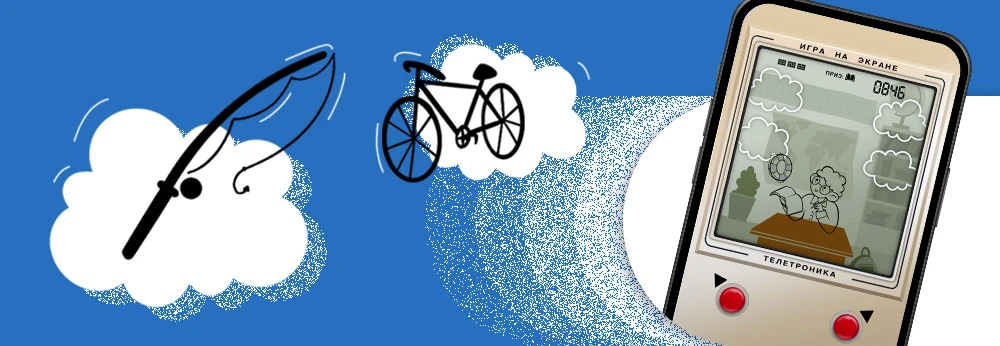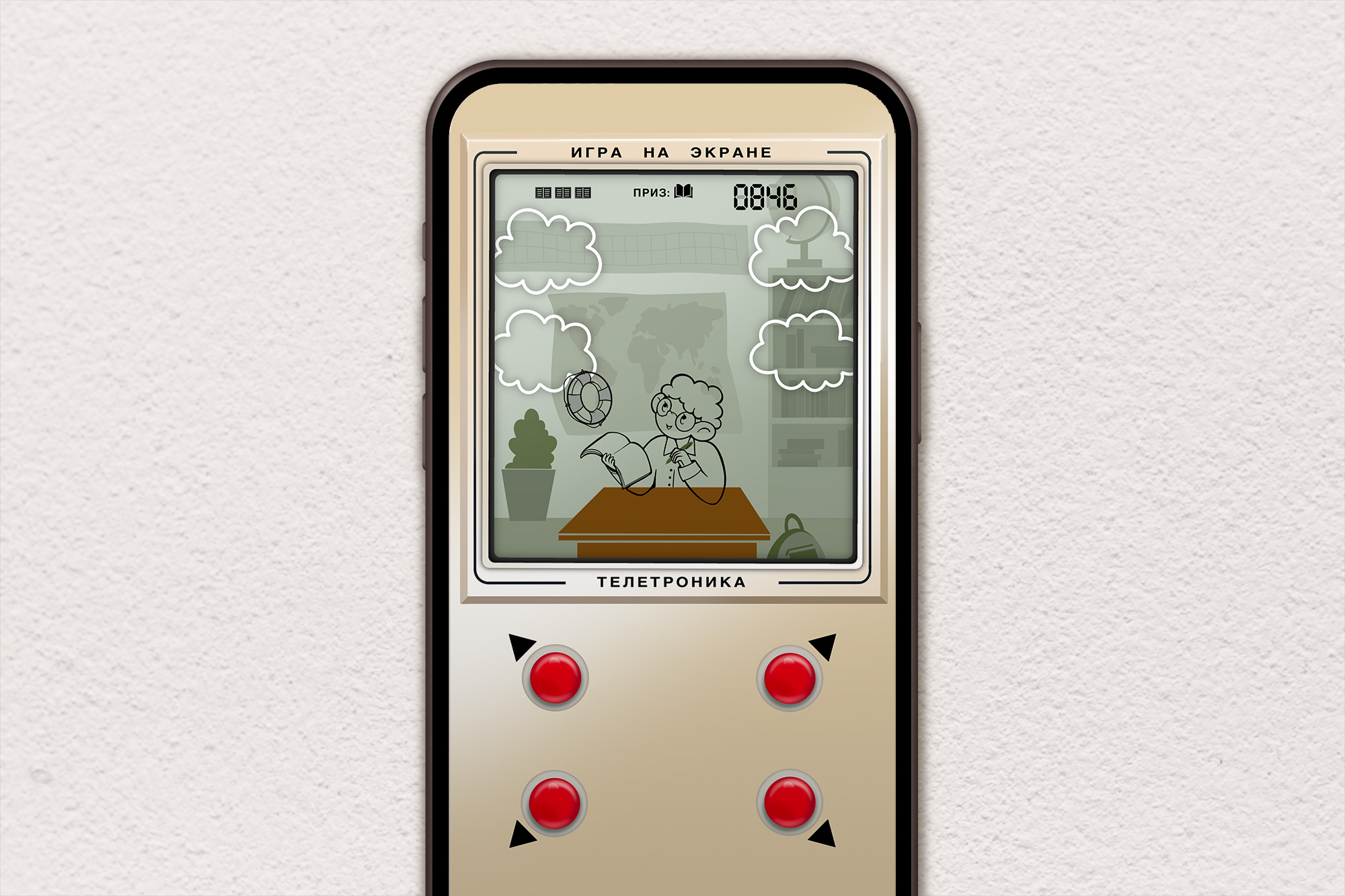.webp?2025-12-17T15:00:29.367Z)
Spotify Wrapped ideas make stats lovable

How the Teletronika Game Was Created for the Tele2 Application
Denis Bondarev
Author @ InAppStory
At the end of August, a game appeared in the Stories feed of the Tele2 telecommunications operator application. Externally, it strongly resembles the Soviet-era retro game from the Elektronika series, “The Wolf Catches Eggs” or “The Happy Chef” (the analogue of the Nintendo game series). The prizes in it range from access to a Yandex Practicum training course to crediting the subscriber’s account with 500 rubles. We will tell you what goals Tele2 Russia is pursuing in this project, what app metrics it expects to achieve, how the implementation went, and why the telco operator first decided to publish the game in mobile app Stories.
To begin with, let’s explain what this is all about. In 2019, an SDK module was added to the Tele2 application, which allows you to place a section with Stories on the main screen (or anywhere else). One of the relatively new improvements to this module is the ability to add full-fledged games to the Story feed. For obvious reasons, the mechanics are assumed to be relatively simple. It will not work to put the Witcher 3 game into the mobile application, but it is quite possible to add Tetris, three in a row, a snake, various runners, clickers, etc.
For their first endeavor, the telecom operator chose an immortal classic: a stylization based on the Soviet-era Elektronika electronic games. The in-Stories game connected to the first of September, the time of wrapping up the summer holidays on the one hand, and the beginning of the school year on the other. The plot of the game has a smiling curly-haired schoolboy sitting at a desk and writing an essay on the classic theme of “How I spent my summer.” In order to successfully cope with the task, he uses a notebook to catch summer images that fly towards him from every side. These memories include a swim ring, a bicycle, a rake, a fishing rod, and a tent.
For each artifact caught, the app user receives a point. The player is allowed two misses – after the third, the game ends. The speed of the approaching objects gradually increases, and depending on the points scored, you can win a prize: for 20 points, a book on MyBook; for 40 points, printing a photo on a flexible magnet in Multiphoto; for 60 points, a training course on creating presentations from Yandex Practicum; and for 80 points, 500 rubles added to your account.
Two weeks after the publication of the Stories, 150 people had gained more than 80 points and won the main prize. The best result was 97 points. In total, more than 171,000 unique users took part in the game, and in total they played more than 422,000 times. On average, everyone who opened Teletronika played it 2.3 times. The most passionate user of the app played it 203 times, and 19 people played over 100 times.
Sergey Kolesnyak, the Development Director of the digital channel Tele2, explained the idea of launching the game and the process of its implementation:
“The results of the launch of various game mechanics are always good. Due to them, the engagement and motivation of customers to use the application grows. Gamification helps an adult to become a child for a short time, allows you to manage your emotions, to feel the taste of victory. And while just playing, people feel happy. This was the incentive for us to make this game.
“From our experience, the average increase in active mobile users when launching games is 40-50%. At the same time, this indicator does not strongly depend on the chosen mechanics. This helps to retain the user base of the application and draw attention to our services.
The concept of the project was chosen in such a way as to evoke a feeling of nostalgia in the user.
The creative plan, the plot of the game, and the technical part were prepared together with the InAppStory team. It was also necessary to determine the reward system, as well as predict how many people would participate in the in-Stories game, the number of simultaneous game sessions, their duration, and the mobile app retention rate in order to calculate the load on the servers.
This was our first experiment in launching games in the Stories of a mobile app. We wanted to understand how effective this new partitioning tool is. If we compare it with ordinary Stories, we evaluate the first results as good.”

In total, the launch of the game – from the first discussion of the idea to the publication – took two and a half months. All the work consisted of three main stages: working out the concept, drawing graphics, and technical app development. Regarding the difficulties in the process of creating the game, the artist was somewhat challenged by the task of drawing the game so that, on the one hand, it would reference the classic Electronika, and on the other hand, it would look modern. Among the difficulties the programmers faced, one can single out the task of correctly displaying the game on any device, as well as protection against fraud.
Pavel Murkin, CTO (Chief Technology Officer) of the InAppStory, explains the advantages of publishing games in the Story feed of a mobile application:
“An important advantage of posting games in the Stories feed is that it is very easy to do this if you have already added the SDK of the corresponding section. You can publish the game in almost any part of the application, and due to boosters, you can integrate a variety of marketing activities into it, from the offering of prizes (as in the case of the Tele2 game) to a leaderboard, attracting participation in third-party company promotions, and anything else.
The integration of the game into the SDK remains on our side, so the partner does not have any problems with it, and additional developer resources are not required. The only limitation is the need to stay within the framework of simple mechanics: the Internet is not so fast yet, so it’s better to keep the game size small, 5-10 MB. But this leaves a very wide range of possibilities for running a wide variety of in-Stories mobile games.”
The creation and integration of games into partner applications is a task that is exclusively performed by the internal development teams and the creative studio of InAppStory.
Want to write for us? Check this

